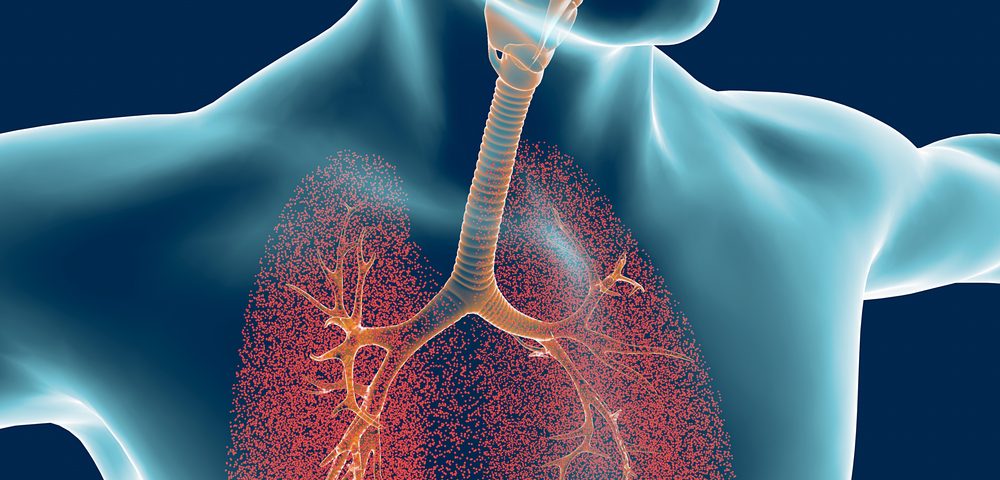More than 30% of people with asthma have bronchiectasis, which can worsen airway obstruction and increase the number of asthma attacks, according to an analysis conducted by researchers in China.
The study, “Clinical features of asthma with comorbid Bronchiectasis: A systematic review and meta-analysis,” was published in the journal Medicine.
Asthma is a chronic inflammatory respiratory condition affecting around 300 million people worldwide. According to the 2019 statement of the Global Initiative for Asthma, the primary goal for managing asthma is to tackle co-existing conditions (comorbidities). One such disorder is bronchiectasis, which may enhance disease severity and shares overlapping symptoms with asthma.
In this study, a group of researchers in China conducted a meta-analysis focusing on the the impact of bronchiectasis on patients with asthma. Their aim was to assess the prevalence of bronchiectasis and how it affects asthma severity. A meta-analysis pools data from previously-published scientific studies to have more statistical power than any individual study.
From a total of 1,996 potentially relevant studies, five — conducted by researchers in Japan, England, and Spain — fulfilled the criteria and were included in the meta-analysis. Overall, these studies comprised 839 patients with asthma, 307 of whom (36.6%) also had bronchiectasis, as confirmed by high-resolution CT scan. All patients were diagnosed with asthma according to the guidelines of the Global Initiative for Asthma.
Results showed that patients with asthma and bronchiectasis had more severe airway obstruction. Specifically, they had a lower postbronchodilator FEV1/FVC ratio, which measures lung function as the volume of air blown out in one second (FEV1) over the total volume of air blown out (FVC) after the administration of a medication to widen the bronchi.
However, having bronchiectasis did not significantly impact the FEV1 predicted in people with asthma.
In the previous year, patients with both conditions had a higher incidence of asthma flare-ups (exacerbations or attacks) than those with asthma alone. Also, blood counts of eosinophils (immune cells that play a role in allergies and infection) were also higher in people with asthma and bronchiectasis compared to those without bronchiectasis.
In general, patients with the two disorders were older than those without bronchiectasis, but no differences were found for sex, smoking history, and duration of asthma.
Overall, this analysis indicates “that the presence of bronchiectasis in patients with asthma is associated with severe pulmonary insufficiency, higher risk of exacerbations, and a worse prognosis,” the researchers wrote.
“From the clinical point of view, we conclude that this subgroup of patients may need [tailored] treatment targeting chronic mucus production and airway bacterial infection, in addition to the recommended treatments for patients with asthma, in order to improve symptoms and to reduce future risks,” they concluded.

